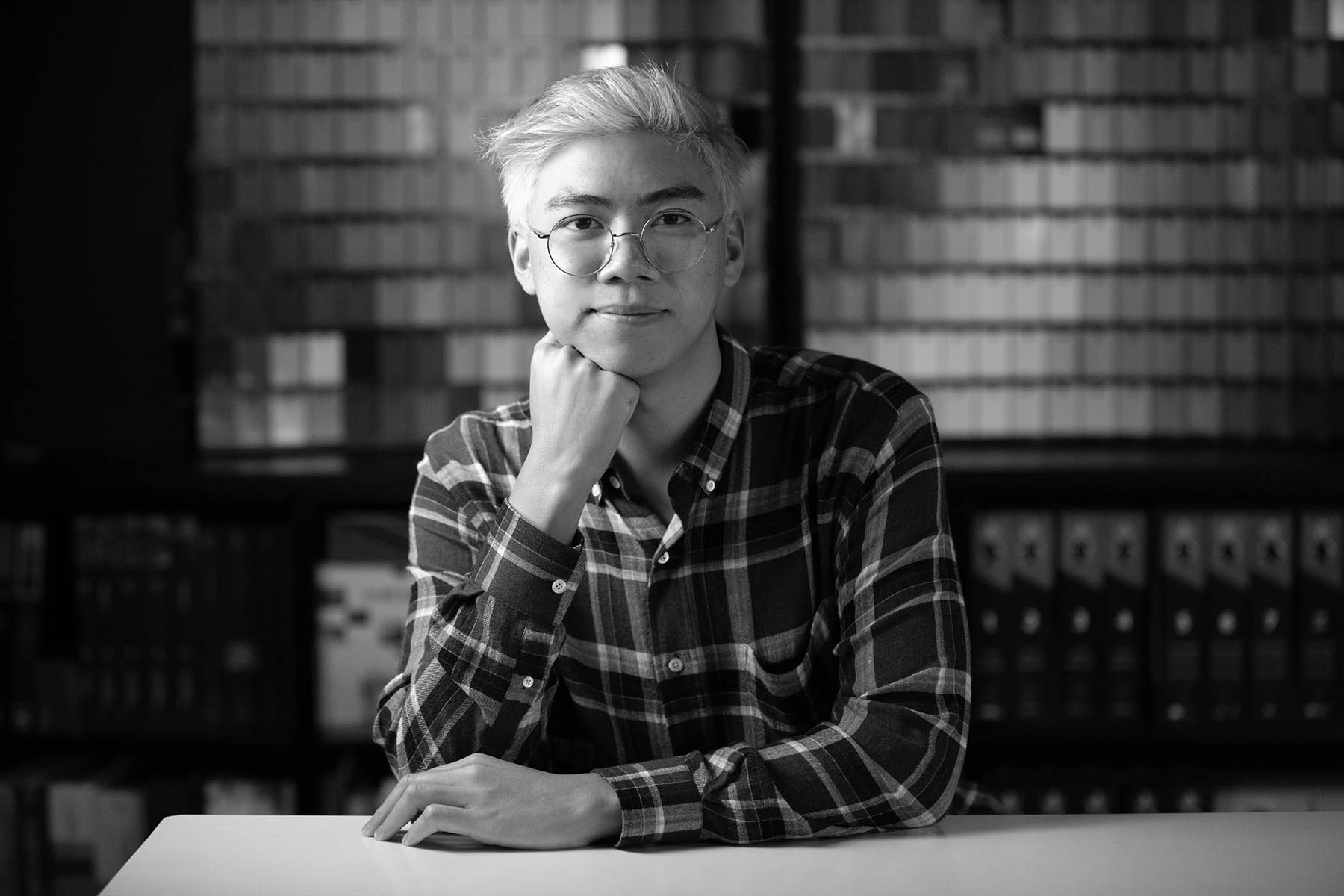
Recently, we sat down with eaa Architectural Associate Tim Nguyen for a little industry chat, along with a question we posed to all our staff this month – what does PRIDE in the design community mean to you?
How do you balance incorporating your own personal style with a client’s vision?
Balancing a designer’s personal aesthetics with that of their client’s is a study in psychology. As designer’s, the work we do is often two-fold: the first is the act of design itself. The second is the steering of a client’s perceptions to align with the designer’s.
At the end of the day, design is a service industry. The difference is that there are endless designers to choose from, and they are all uniquely individual in what they do. Client’s typically select the designer because they see some aesthetic connection to the designer, so in that sense, as a service based profession, designer’s benefit from not having to consistently prostate themselves to their client’s aesthetics.
In the scenario where a client and designer play tug of war for control, it’s the role of the designer to teach the client about compromise, acceptance, and a little bit of reverse psychology. The designer needs to navigate reminding their client, why they were hired in the first place. For example, perhaps a client really wants a specific color for all walls of a project. The designer can suggest that the color be used as an accent wall instead, or as a accessories that the designer selects. It’s in this exchange where the designer stakes their grounding and reaffirms their integrity to their constitutional standing.
Based on your personal experience, what does Pride means in the design community?
Pride and Design are intertwined and depend on one another.
Pride is about unapologetic existence. It’s the confident outward presentation of one’s inner truth.
Design is the deliberate presentation of one’s feelings, emotions, and ideas presented to the public. Similar to pride, design is unapologetic and proud.
The beauty in this ideology is that both design and pride are varied. They can range from flamboyant, loud, and campy to muted, quiet, and reserved. There are no set rules. Pride and design are all about the individual’s choices and decisions.
